New Delhi [India], Sept 4 : Centre’s flagship crop insurance programme, Pradhan Mantri Fasal Bima Yojana (PMFBY), has rolled out nine pilot studies on optimisation of Crop Cutting Experiments (CCE) using modern technologies. These studies aim to resolve various challenges faced by the scheme.
The Department of Agriculture and Farmers’ Welfare (DAC&FW) conducted a workshop on these studies in the national capital on Tuesday that was attended by experts fromISRO, NSSO, insurance companies, State government representatives and other stakeholders.
Conducted in 23 districts spread across 11 states, the study is expected to be completed by February 2019, after analysing the use of technology in particular areas during crops in kharif season 2018 and crops in rabi season 2018-19. The states, where studies are being conducted are Andhra Pradesh, Bihar, Chhattisgarh, Gujarat, Madhya Pradesh, Maharashtra, Odisha, Punjab, Rajasthan, Tamil Nadu and Telangana.
The inclusion of such technological interventions is expected to address the issues of large number of CCE being conducted during short harvesting window with limited manpower.
Such technology based solutions will help in achieving the objective with limited resource and more accuracy, resulting in timely settlement of claims and will further facilitate to reduce the unit area of insurance to a level lower than the present village or village panchayat level.
These pilot studies are expected to ensure the use of innovative technologies to rationalise CCEs.
With availability of a number of satellites with high resolution images orbiting the earth, there has been a great improvement in satellite imagery products. It has been reasonably proven that satellite imagery can help in demarcating the cropped areas into clusters on the basis of crop health. This feature can be successfully used to target the CCEs within the Insurance Unit (IU). In other words, satellite imagery can help in ‘smart sampling’ of CCEs. While an IU with heterogeneous crop may need standard sample of CCEs, say four CCEs per village/village panchayat. The more homogenous IU may need a lesser sample size, say two CCEs. This is expected to minimise the total CCEs needed by about 30-40 per cent. States can adopt this technique in generating yield estimates.
Technologies like scalable yield mapper for integrating remote sensing data in crop growth simulation model, crop detection algorithm, crop health monitoring, Integrated Sampling Methodology using remote sensing, field survey and weather, deep stratification, index based insurance for flood, intelligent and smart sampling technique, Terrestrial Observation and Prediction System (TOPS) approach, Synthetic Apperture Radar (SAR) Data and Riice Simulation Model, relative yield estimation using Satellite and weather data, and multi-parameter model and multi-stage sampling are being piloted in the field.
National Remote Sensing Centre (NRSC), CGIAR Research Program on Climate Change, Agriculture and Food Security (CCAFS), SatSure, Space Application Centre (SAC), Skymet, CropIn, Niruthi, Indian Agricultural Statistics Research Institute (IASRI) and Weather Risk are the agencies entrusted with the pilot studies.




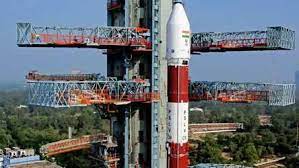



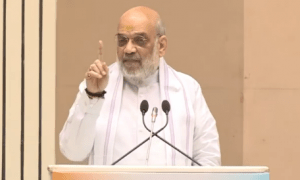



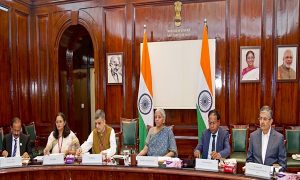

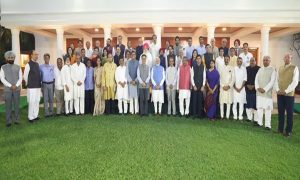



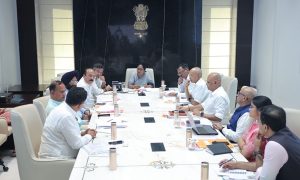







 WhatsApp us
WhatsApp us